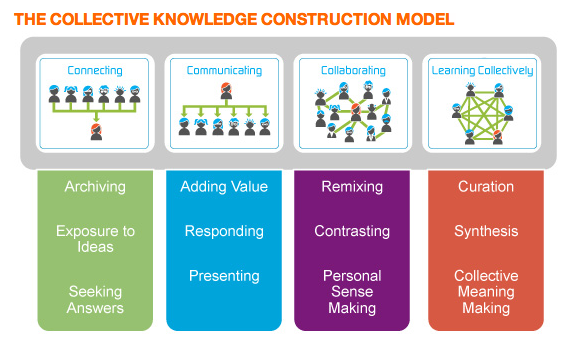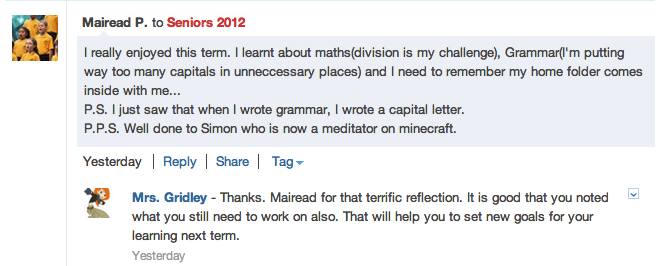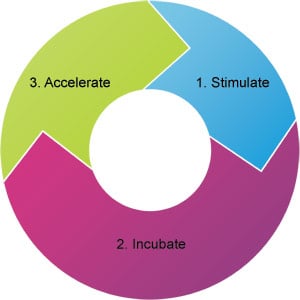Along with Spring in Melbourne, we get a two week break from school. We ask our students to reflect at the end of term, so I thought I would have a go:
A smattering of what I learnt this term and a few examples (well OK, I knew most before this but saw them in action over the past term) :
- Leaving kids to make their own mistakes and successes is very powerful learning – for students as well as teachers. Teaching is messy.
We embarked on creating Movies and games for the ACMI ScreenIt competition with some Year 5/6’s and I was amazed by watching their processes, the struggles, the challenges and a few triumphs. One of the teachers involved said “It was much easier when we could say, “Turn to page 5 and read this passage” , but this is exciting”. This was a huge learning curve for our community, the technical skills were new and the access to equipment was limited, so a large degree of time and resource management was required. Patience, resilience, perseverance all traits that were spotted in use by both teachers and student. Allowing the time for experimentation, mistakes and resolutions is vital. The process, the journey are more important than the finished products. - Being a networked educator is a bonus for both the teacher and the student – as already stated in previous posts, students deciding to publish their unfinished narratives for reader imput and receiving feedback from a real author – such great stuff. My PLN has been an amazing source of support, inspiration and challenges and there have been many opportunities to share these. I really cannot imagine my teaching life without the stimulus this provides. Also this term Teachmeets have thrived in Melbourne and I am constantly enthused by the people I meet there ad the things I learn.
- Technology failures can be a major disincentive – the frustration felt when an activity cannot continue as it is THE hour when the internet slows to a trickle, or the extra little program required to make Kodu work on a PC is not loaded on the devices we want to use, or despite careful planning a saved file is irretrievable. Once again patience and flexibility are required.
- Student ownership breeds motivation – the second round of students embarking on the Student Blogging challenge with amazing confidence and prior knowledge, having watched their peers through the process earlier in the year. They still need to be coached in the incidental skills but they want to be part of the on-line world, they ‘get-it’.
- Our plans and purpose are not always clear to all stakeholders – we received feedback from our parent community that they do not quite understand the emphasis we place on engaging in the Web 2 world. We need to improve our communication and ensure we always have a clear intention for our actions. We have very clear rationale, sound educational purpose but this needs to be portrayed to families who have not experienced this before and are fearful of some of the possible impacts of these changes, fearful that in our attempts to use these tools we are diminishing our emphasis on ‘basic’ skills that they are familiar with.
- Teachers love learning too – we extended our Professional learning community this term and explored Personal Inquiries – staff making decisions about what they wanted to explore, applying it to their daily practice and then sharing it within our community. The results (not all shared yet) were as diverse as the group and the messages were powerful. Make learning inquiry based, self-directed and social and you have a wonderful mixture.









